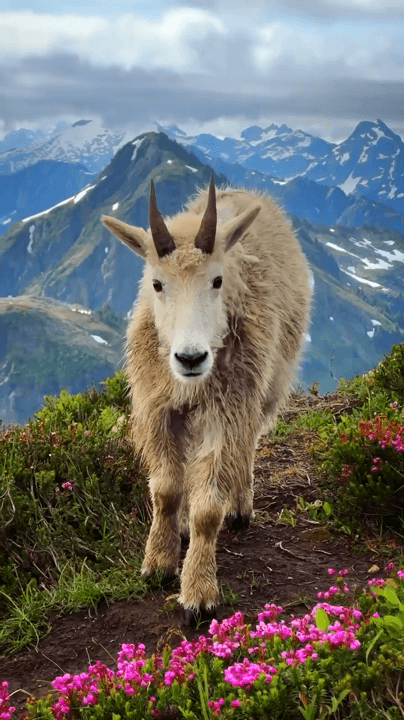
Bushbuck Hunting in Africa: season, methods, place, price. A Comprehensive Hunter's Guide The bushbuck ( Tragelaphus scriptus ) is a widely distributed and adaptable antelope found throughout much of sub-Saharan Africa. Its relatively small size, elusive nature, and preference for dense cover make it a challenging and rewarding trophy for hunters. This article provides a detailed overview of bushbuck hunting, covering essential aspects from hunting methods to trophy care. Understanding the Bushbuck Appearance: Bushbuck exhibit considerable variation in coat color and markings depending on location. Generally, they have a reddish-brown to dark brown coat with white spots and stripes. Males are typically darker and larger than females, and they possess spiraled horns ranging from 10 to 18 inches. Habitat: Bushbuck thrive in a variety of habitats, including rainforests, savanna woodlands, and riverine forests. They are often found near water sources and areas with thick vegetation f
Post: 16 March 12:00













